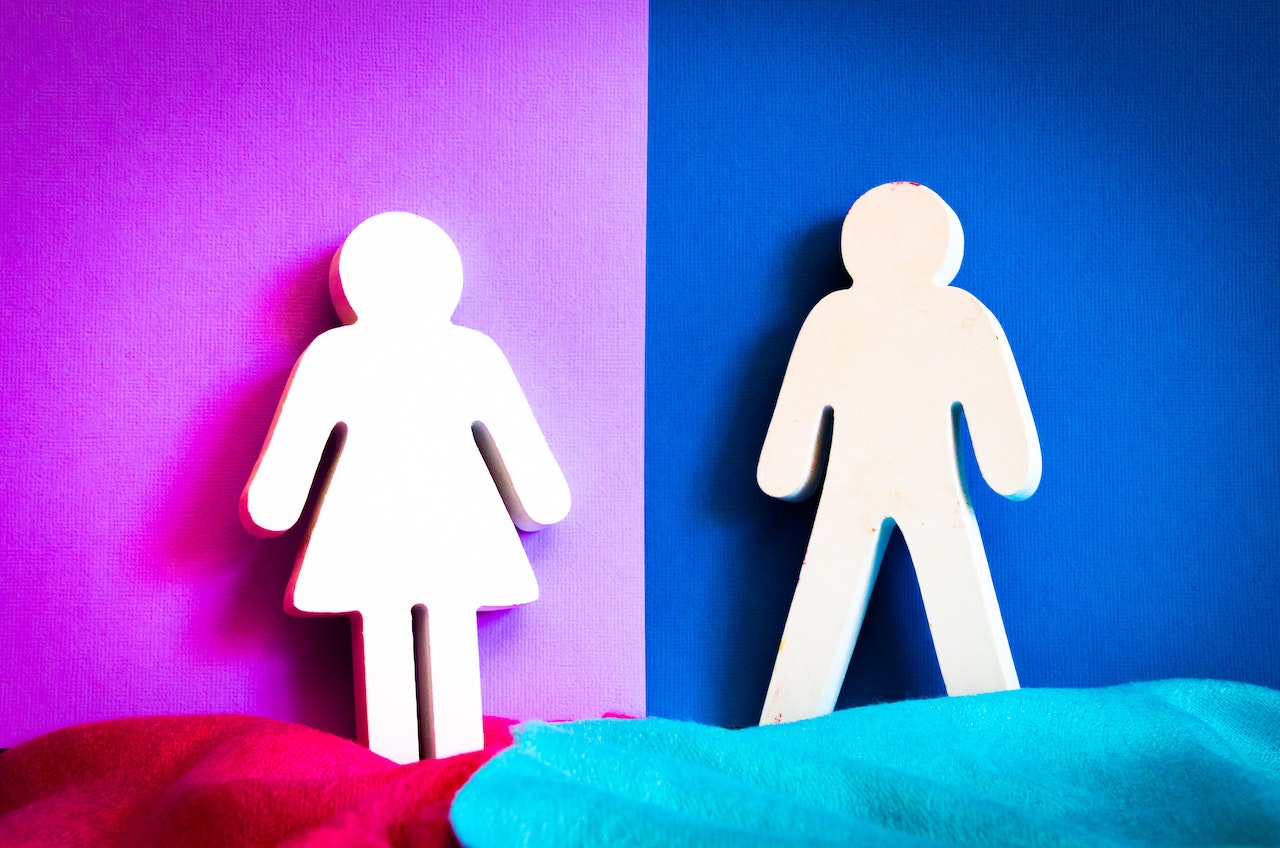Unisex Perfumes: The Rise of Gender-Neutral Fragrances

Scents are inherently neither feminine nor masculine, but gender binaries have long existed in the fragrance industry. With cultural constructs solidifying in our society, floral fruity and chypre perfumes became associated with women, and men were linked to notes of leather, tobacco, or spices. Sweet and delicate scents were seen as the epitome of femininity, while rich and rugged scents became the hallmark of masculinity. With the commercialization of perfumery in the late 1900s, several brands decided to capitalize on these existing gender stereotypes and create provocative advertising for their perfumes. In stark contrast, and perhaps surprisingly, perfumes were considered genderless at the time of their origin. With no preconceived notions dictating what men and women should wear, everyone had the freedom to experiment with various notes and accords. Curious about our recommended unisex fragrances? Then read our top 10 unisex recommendations for this year.
The return of the unisex fragrances
Fortunately, the last five years have seen the fragrance industry embracing gender-fluid fragrances. With Gen Z and millennials actively battling against gender stereotypes and many queer perfumers dominating modern perfumery, unisex fragrances have finally made their comeback. More and more brands are slowly beginning to realize that customers are now willing to invest in fragrances that reaffirm their self-identity and make them feel a certain way. Gone are the days of marketing perfumes as weaponry to attract the opposite sex. Enthusiasts are now assessing the vibe and aura captured in a perfume bottle to verify if it aligns with the image they want to present to the world. Perhaps one of the most concrete ways in which this gradual shift has manifested itself is the subversion and elimination of traditional gender tropes in perfume marketing campaigns. Perfumery was always, first and foremost, an art form. By enforcing stereotypes and prejudices, one stifles creativity. In a world where perfumes exist sans labels, there is no invisible restriction keeping people from trying out the scents with which they resonate. The idea is that one’s choice of perfume should not be a measure of masculinity and femininity in the first place. Brands are now writing copy that evokes the feelings a wearer may have upon spraying the perfume instead of weaving heteronormative fantasy scenarios. As for perfume imagery, we are now seeing aesthetic and emotive shots of ingredients and perfume bottles. With fragrance campaigns finally focusing on representation and diversity, it is safe to say that we have definitely taken a few steps forward.
What was the first mainstream gender-fluid perfume?

As mentioned before, scents were widely considered unisex until the 19th century normalized distinct gender roles. The 70s and the 80s were dominated by adverts for gender-specific perfume. However, one perfume in the 90s dared to try something new. One could go as far as to say that it single-handedly heralded the gradual return of gender neutrality in mainstream perfumery. Advocates of gender-neutral perfumes unanimously agree that Calvin Klein’s CK One, which was released in 1994, took the community by storm as the first marketed unisex fragrance. An intoxicating combination of rose, musk, amber, and lavender, CK One is the quintessential “clean” scent that appeals to everyone. At the time, this unisex fragrance proved to be a tremendous success for the brand. Raking in $5 million within the first 10 days of its launch, CK One became a celebrity staple. Both Kate Moss and Jared Leto reportedly sported it in the 90s. At its peak, the fragrance sold 20 bottles a minute. In a way, CK One democratized fragrance because it made everyone forget whether they wanted to smell masculine or feminine. The common goal was to smell like the beloved CK One. It opened up endless possibilities for a new generation that was just becoming familiar with perfumes. The runaway success of CK One proved just how much people are influenced by advertising. As soon as Calvin Klein advertised its perfume as unisex, thousands of people lay aside their propensity for gendered perfumes and accepted CK One’s gender-neutrality at face value.
Increasing the number of gender-neutral perfumes
In an eye-opening market research study, Statista found that 51% of new fragrances launched in 2018 were marketed as “unisex,” as compared to 17% in 2010. There is no doubt that we are seeing very real shifts in the perception of fragrance. Both brands and customers are experimenting with the concepts of femininity and masculinity and exploring what it really means to exist beyond these labels. Designer Tom Ford launched his unisex fragrances to widespread appreciation. Not only is his niche collection free of gendered marketing, but he also avoids classifying his more commercial scents. He firmly believes that his perfumes are for both men and women. Jo Malone’s minimalistic fragrances are intended to be unisex. Instead of focusing on whether a scent leans more masculine or feminine, the brand’s ethos leads them to put notes and accords at the forefront. British brand Penhaligon’s has also introduced several unisex options over the years. Niche fragrance houses have taken to the gender-neutral philosophy swiftly – Diptyque, Vilhelm Parfumerie, DS & Durga, Maison Margiela, Escentric Molecules, Mancera, and Le Labo, to name a few. Perhaps the unifying feature of these brands can be summed up as their desire to capture experiences in a bottle. Niche brands are actively pushing the lines of gender-less perfumes instead of glorifying heterocentric ad campaigns. This new age of perfumery is all about finding the fragrance that makes you feel good. Even having the freedom of experimentation opens up new layers of the perfume experience, as one is able to traverse uncharted territories in the hopes of finding the glorious scent that makes them feel at home. Perhaps this publication’s title shouldn’t be the ‘rise’ of gender-neutral fragrances, but rather the fall of the irrelevancy of gender in categorizing fragrances.

